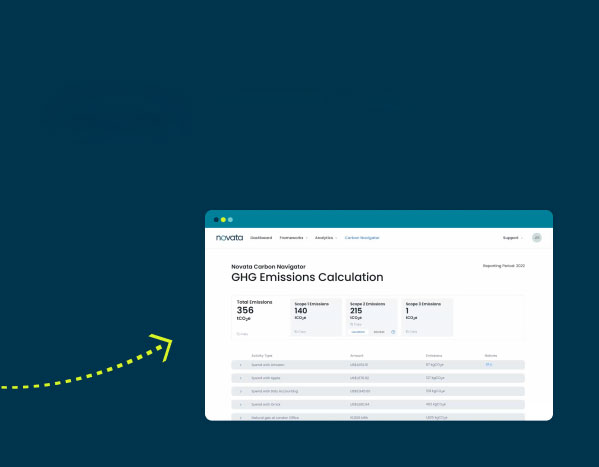Private markets have the capacity to improve societal outcomes, advance social equity, and raise awareness of the environmental impact caused by anthropogenic activity. One way traditionally has been through impact investing, investments made with the intention to generate positive, measurable social impact alongside financial returns.
In recent years, ESG-focused investments have risen in popularity, with PwC predicting an 84% increase in institutional investments focused on ESG assets from 2021 to 2026. Impact investing and ESG investing are often used interchangeably to refer to investments that deliver financial returns while also contributing environmental and social benefits. However, there are key differences that determine how and where investors allocate their funds.
Stanford’s Social Innovation Review puts it aptly that all impact funds consider ESG, but not all ESG funds are impact. If you currently manage an impact fund, you’re probably already collecting ESG data in addition to your impact evaluation metrics. As private markets continue to move toward ESG standardization, it is increasingly important to discern the differences between ESG investing and impact investing.
What Is ESG Investing?
ESG is a set of criteria across environmental, social, and governance dimensions that may have material effects on business performance. Investors use ESG considerations to assess the risks and opportunities present in potential investment decisions. Incorporating an ESG approach is additive to a firm’s financial performance, with over 70% of LPs incorporating ESG into valuation decisions.
ESG investing is a framework by which firms can maximize financial returns and minimize risk while aligning with socially responsible business practices. There is increasing evidence that businesses that embrace ESG outperform their peers. ESG investing can be forward-looking, for example, if a fund manager chooses to divest from funds that use fossil fuels and only invest in businesses aligned to a net-zero strategy. However, ESG investing also focuses on identifying areas of growth from doing ‘business-as-usual’, through screening for emerging risks at companies. At Novata, we believe that ESG investing leads to more effective risk management and long-term value creation for firms.
What Is Impact Investing?
While ESG investing operates as a framework to assess material risks and opportunities for firms, impact investing is an investment strategy that seeks to first and foremost create a specific, measurable social or environmental benefit. Financial returns are an added benefit to impact investing but are not a required component — impact investors are often willing to forgo some amount of financial return (concessionary investments) in exchange for achieving specific social and environmental outcomes.
A core principle of impact investing is intentionality, an explicit aim to generate a specific outcome from investments. It is inherently forward-looking. Impact investing is focused on carrying out a particular goal and usually does not consider an organization’s past activities. Another core component of impact investing is the commitment to measure and report on the impact of their investments, prioritizing transparency and accountability.
Creating Long-Term Impact
While both ESG and impact investing can be used to advance social and environmental impact, impact investing’s primary focus is to achieve a specific social and/or environmental outcome. Understanding the differences help investors make better investment decisions and generate long-term value creation. Whether you’re focused on impact investing or ESG, learn more about how Novata can help streamline your data management.






